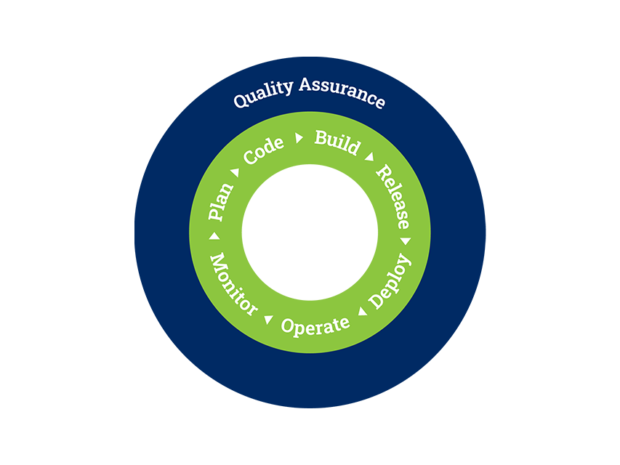Deploying and Scaling Elixir Apps: Heroku vs Fly.io
Posted 9 months ago by Martin Dluhos
Phoenix is a popular Elixir web framework for building scalable, high-performance web applications. If you are building a large-scale Phoenix-based application platform, then you would most likely have a DevOps person or a DevOps team to deploy it in GCP or AWS with a Kubernetes orchestration engine. If you’re developing your app on your own […]



